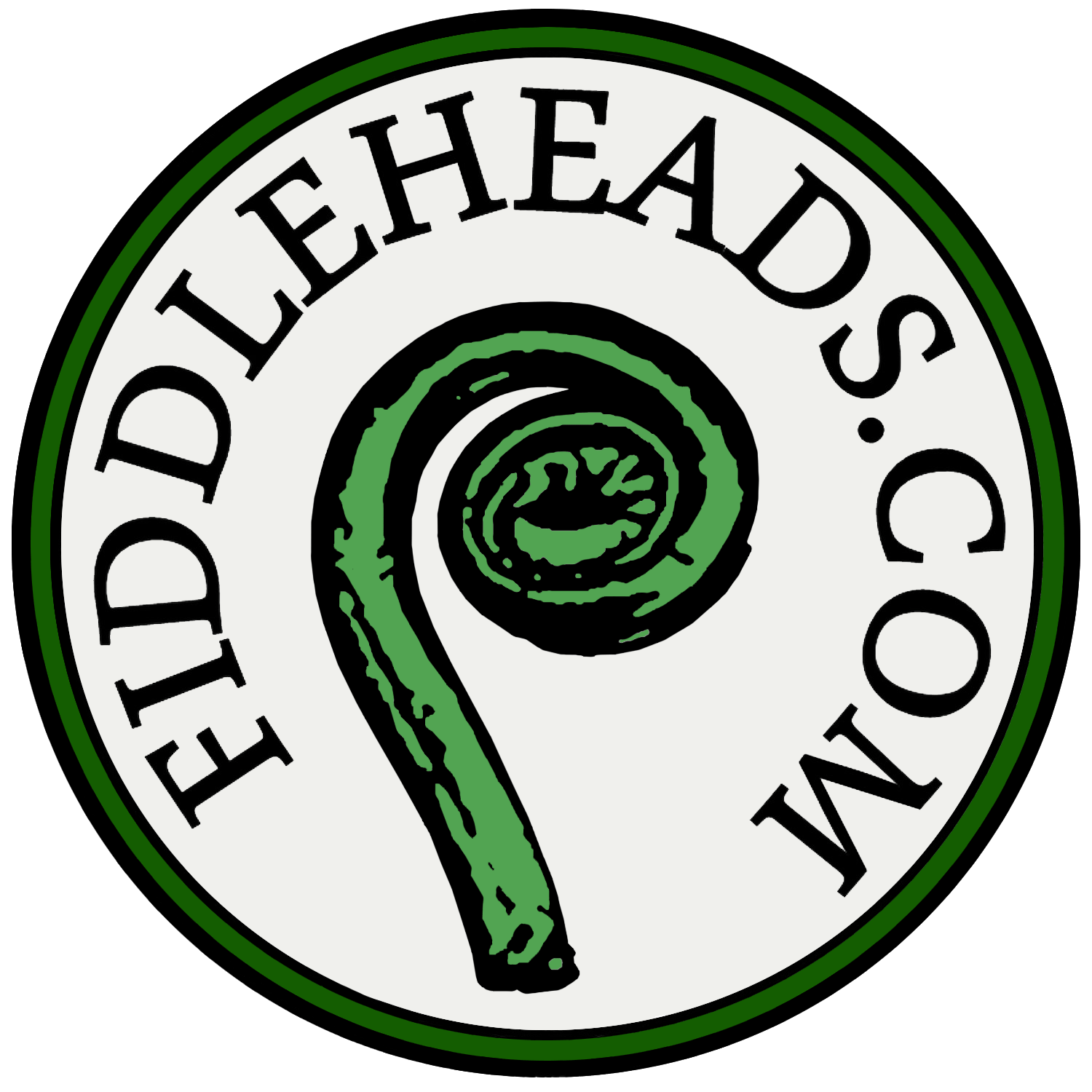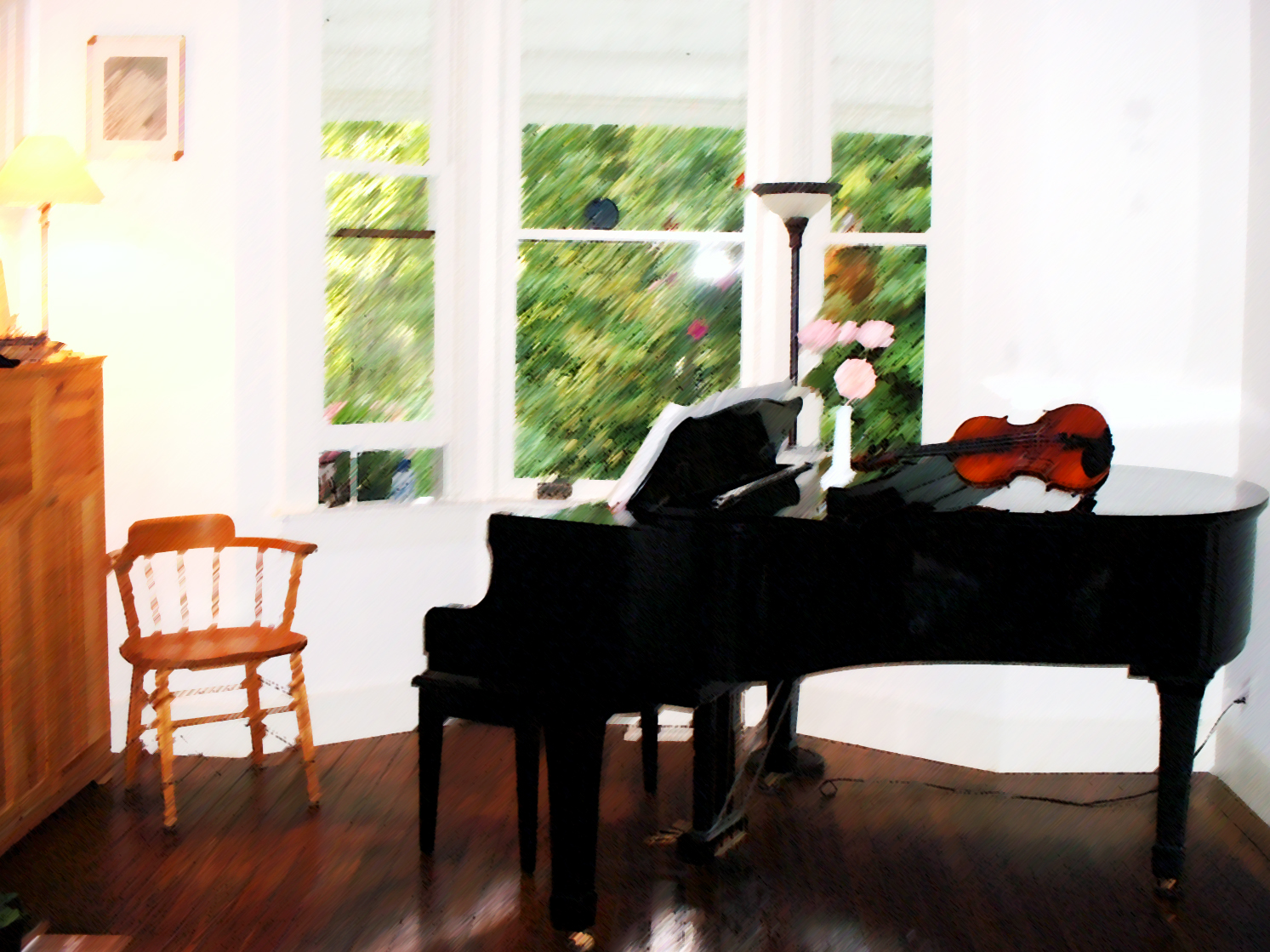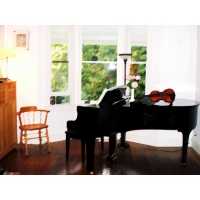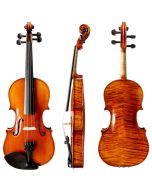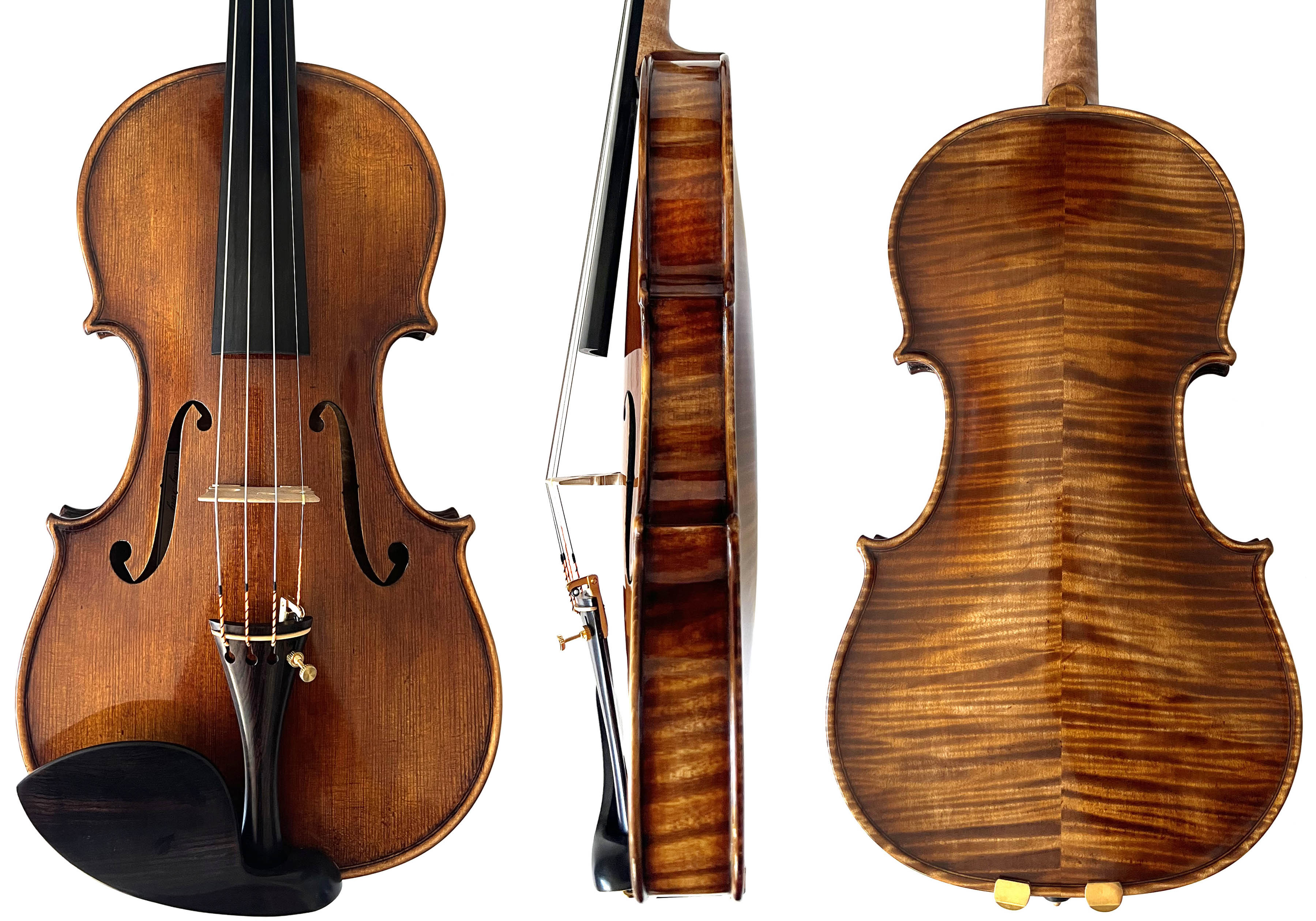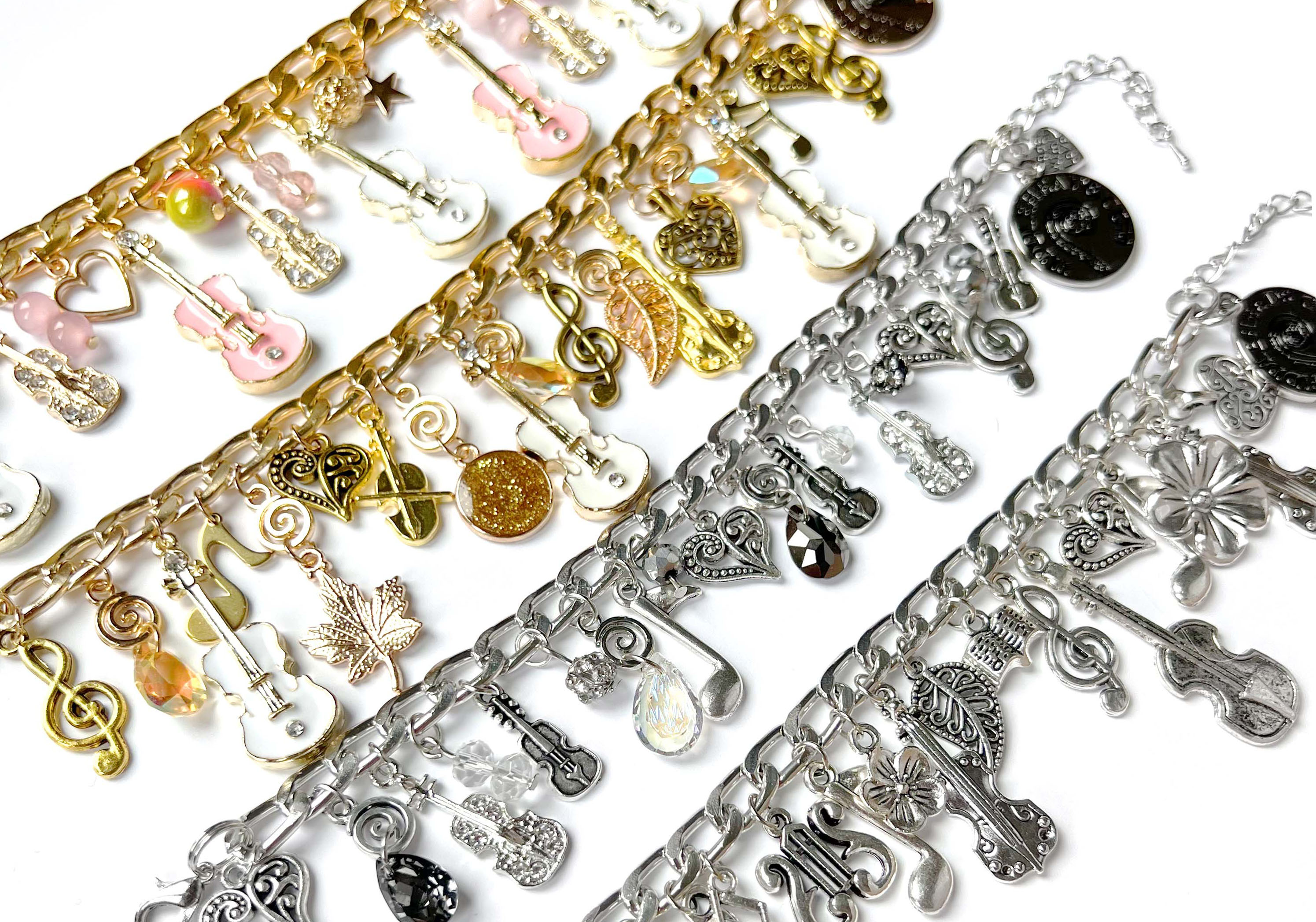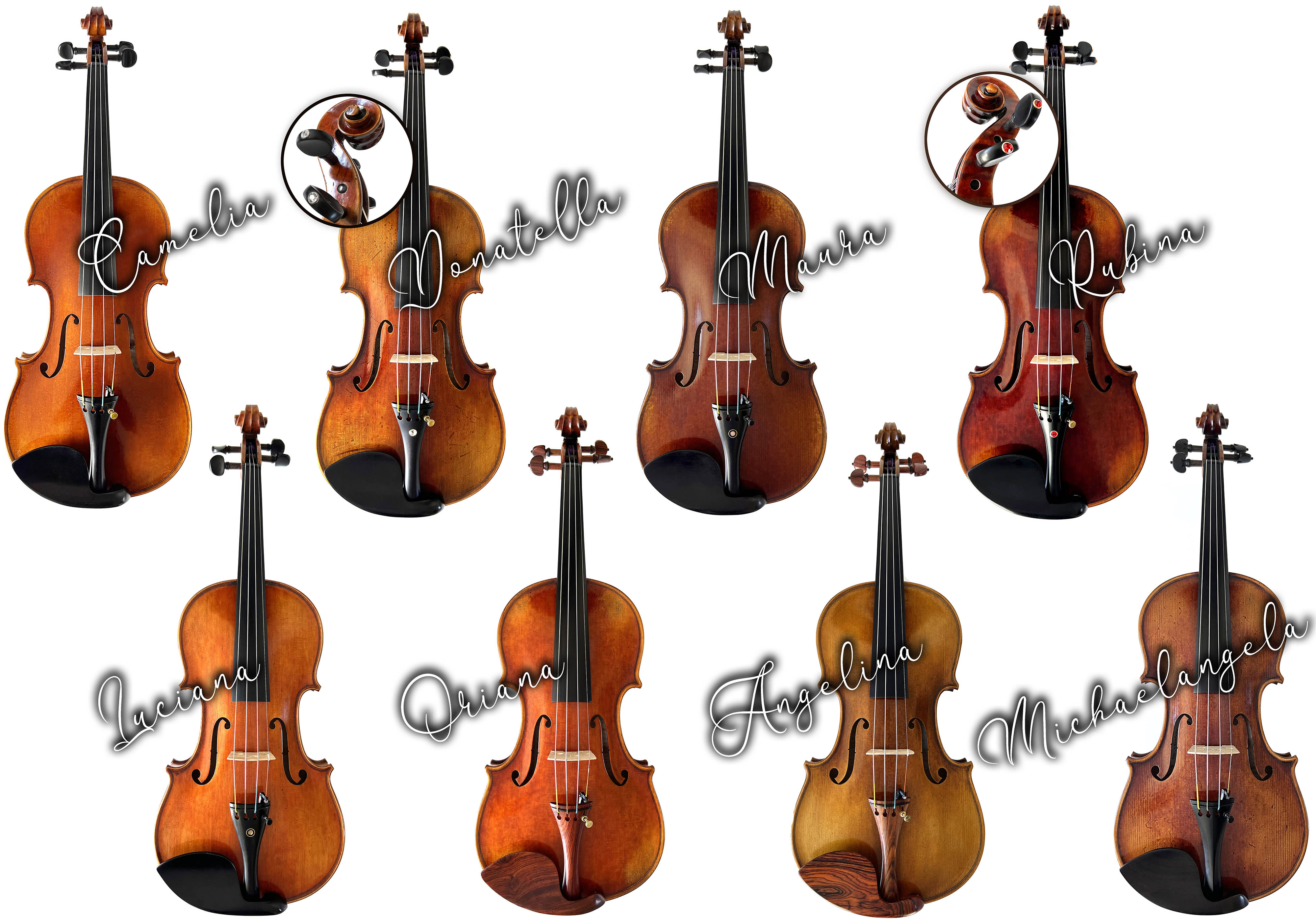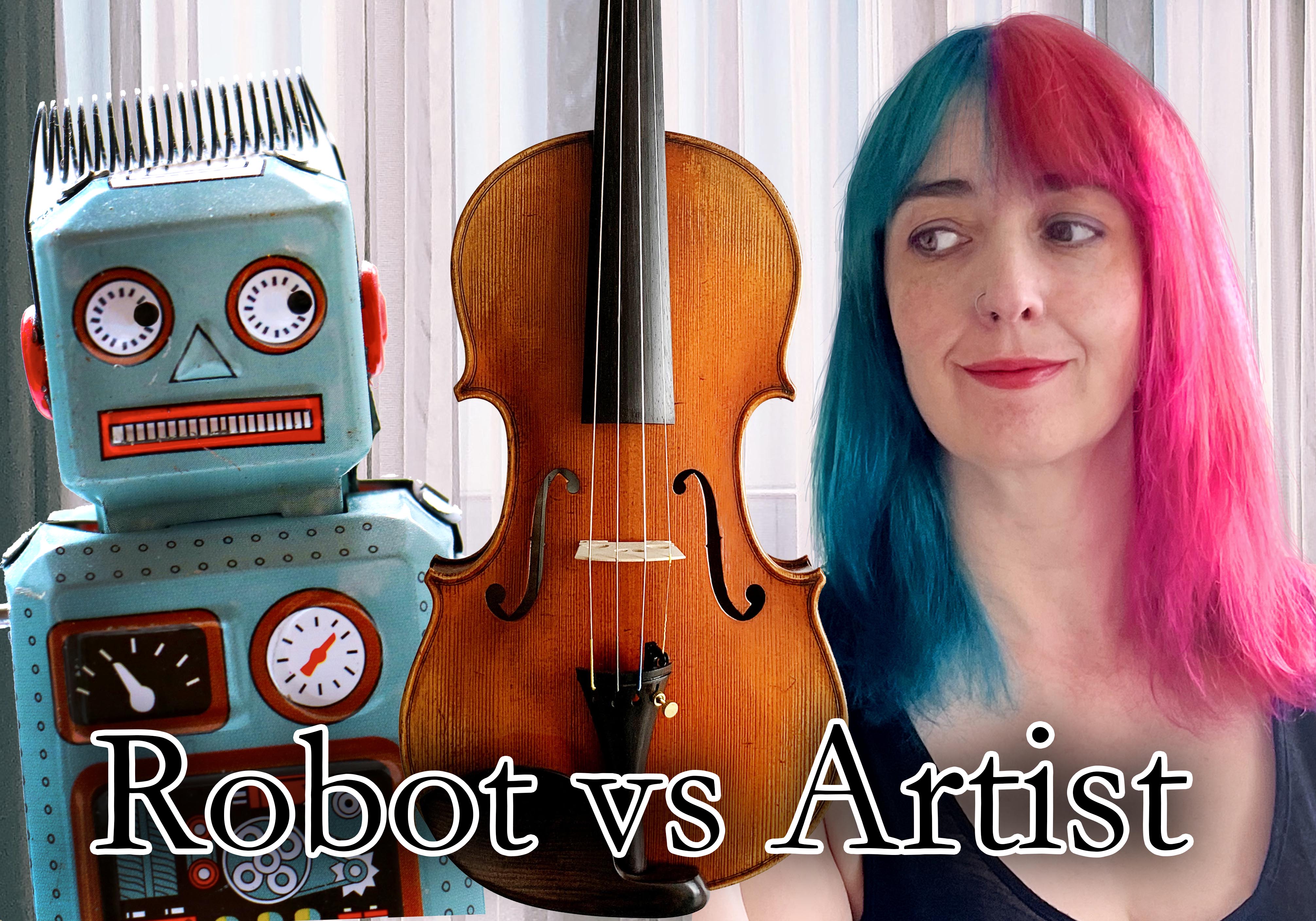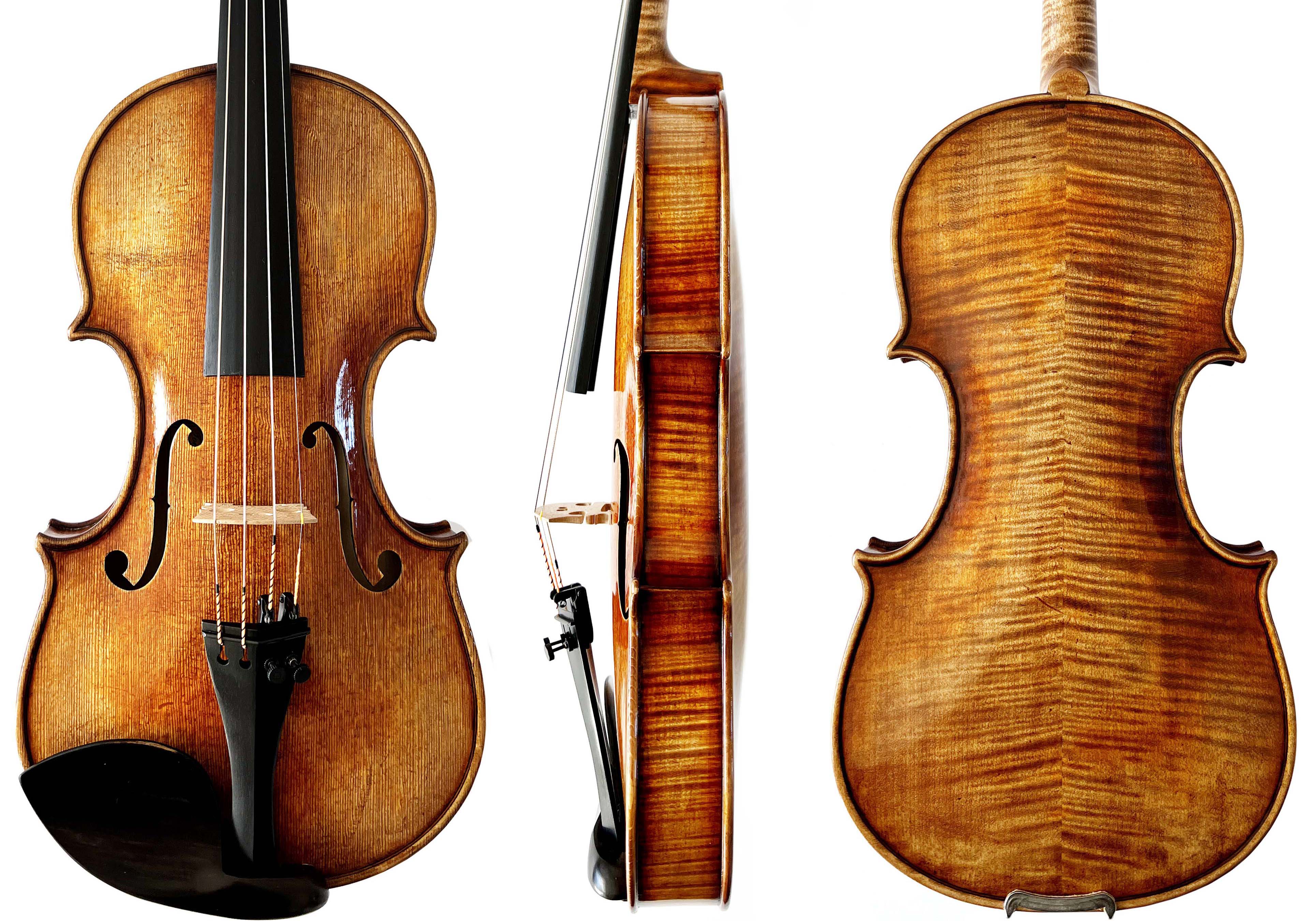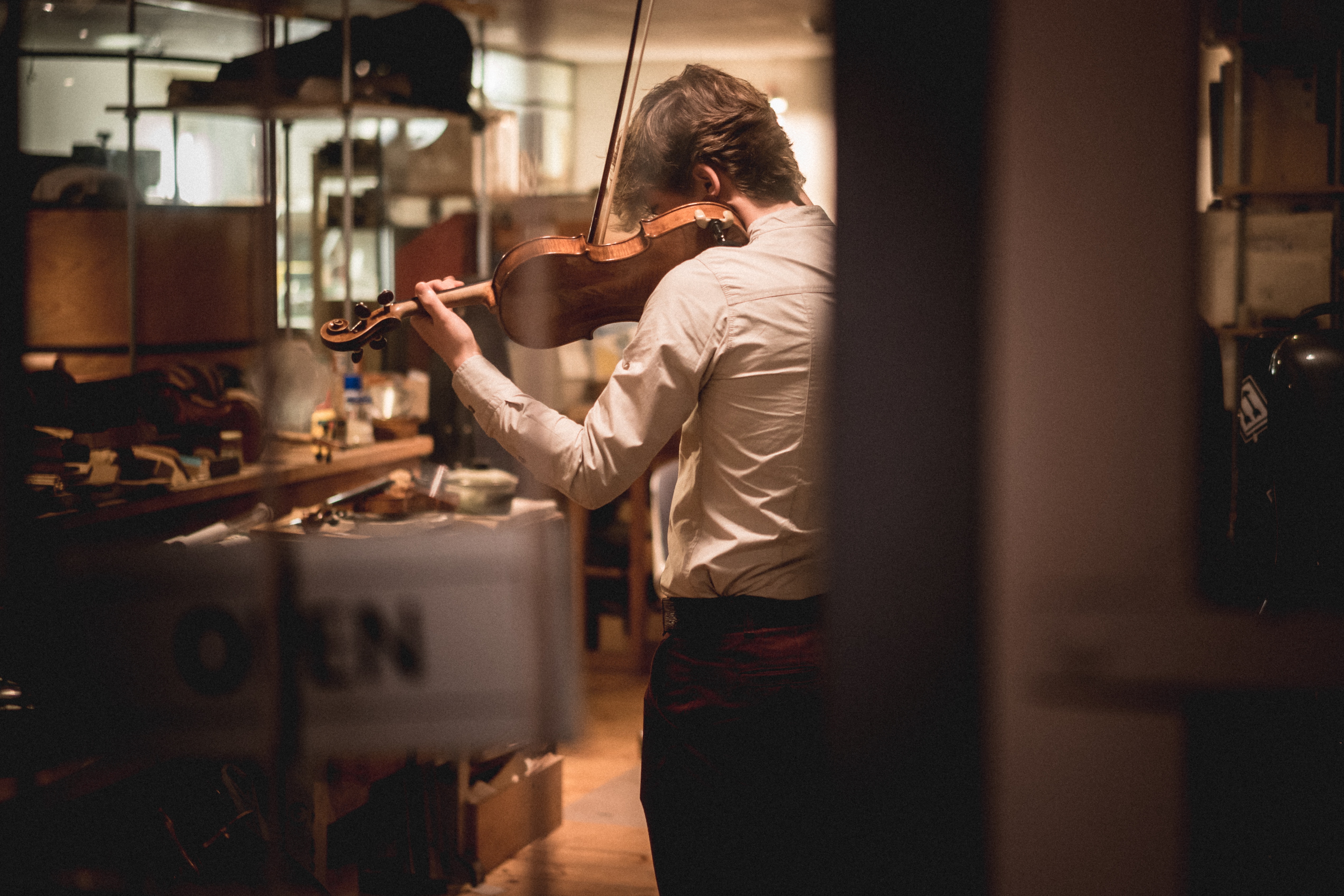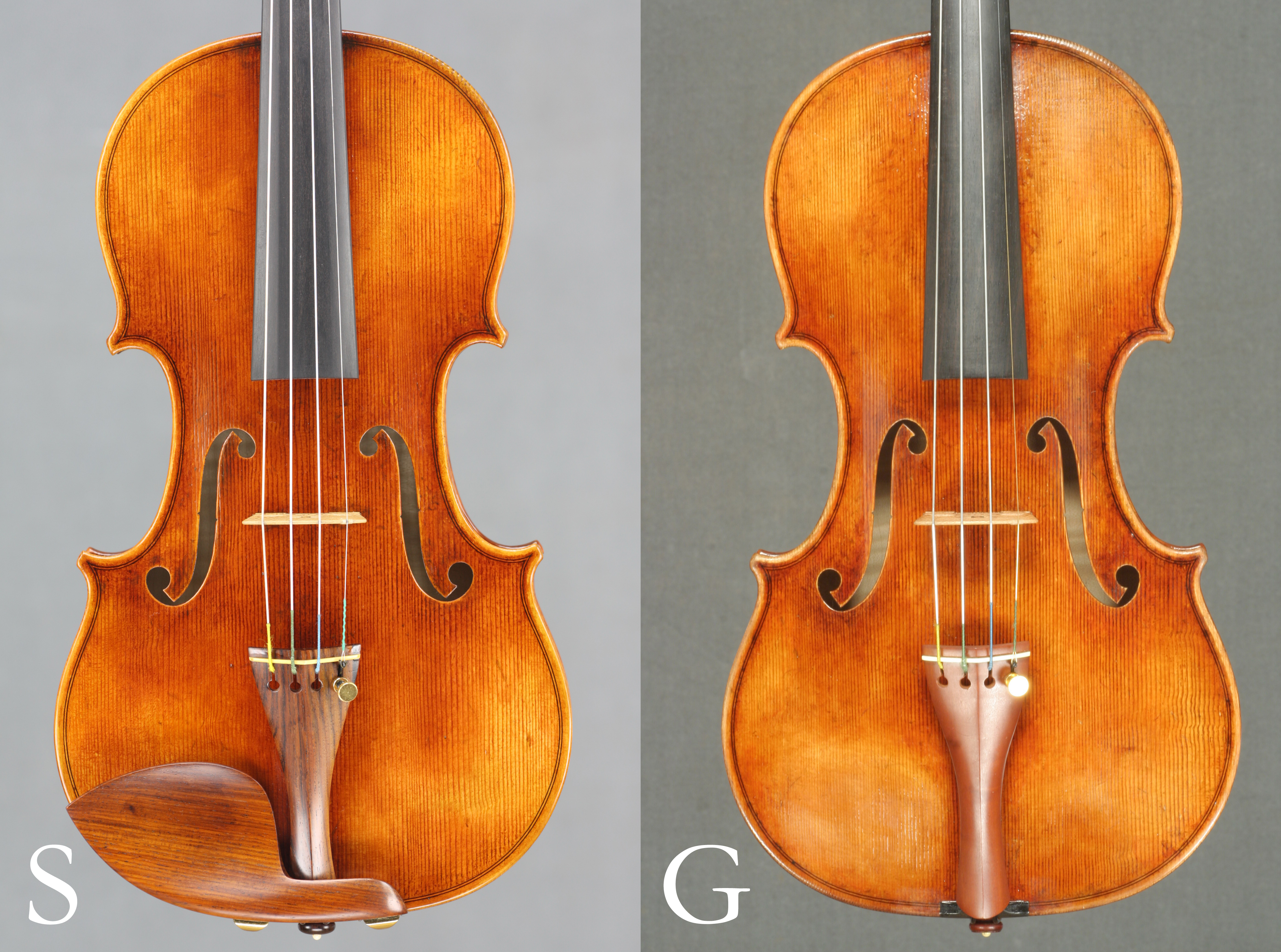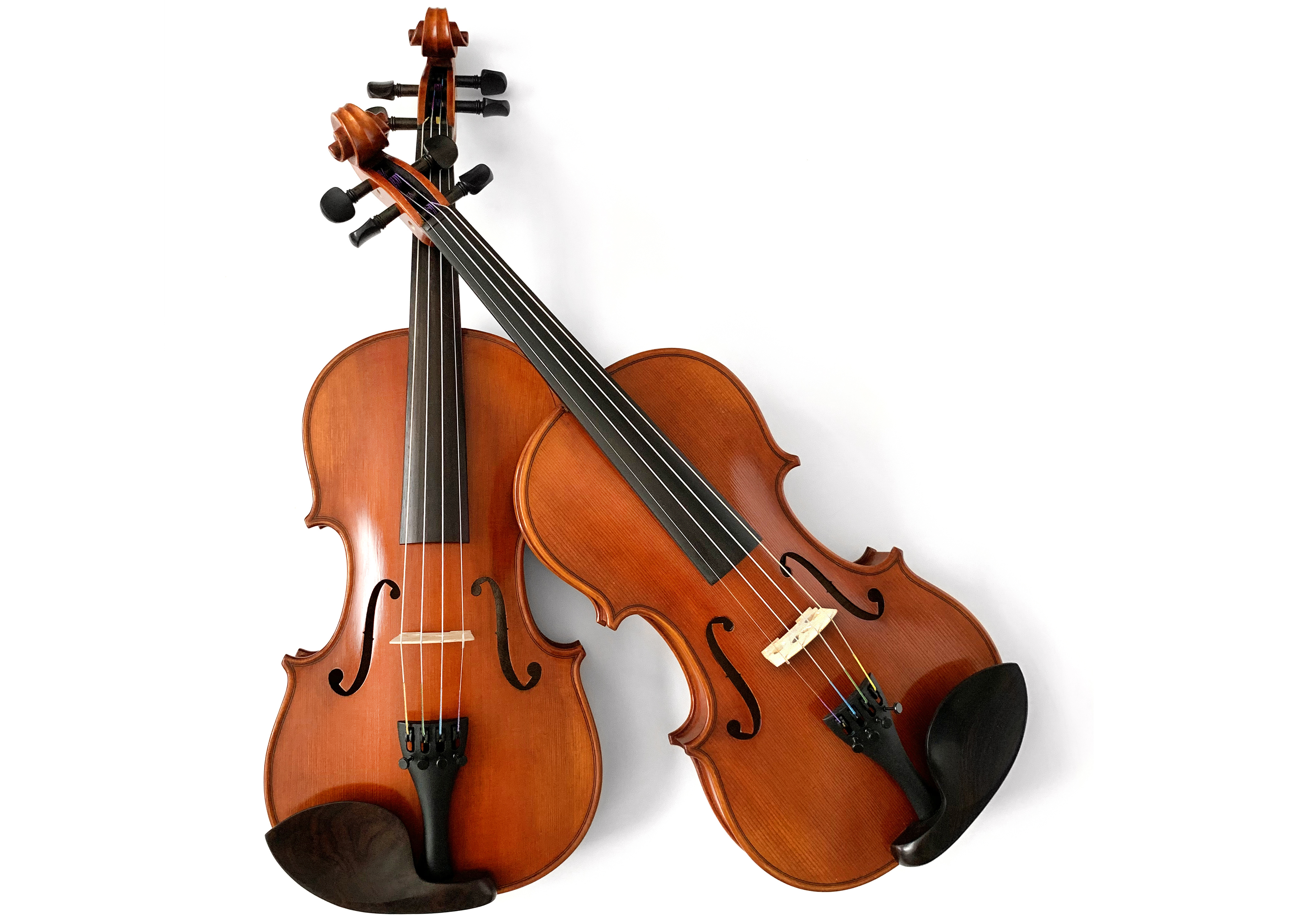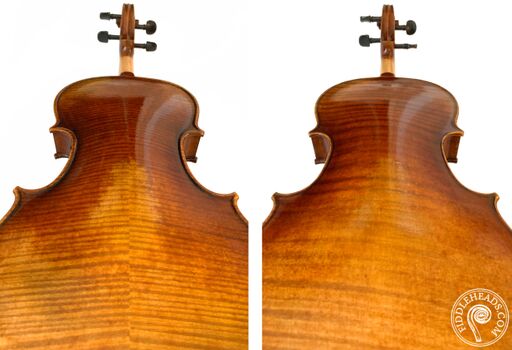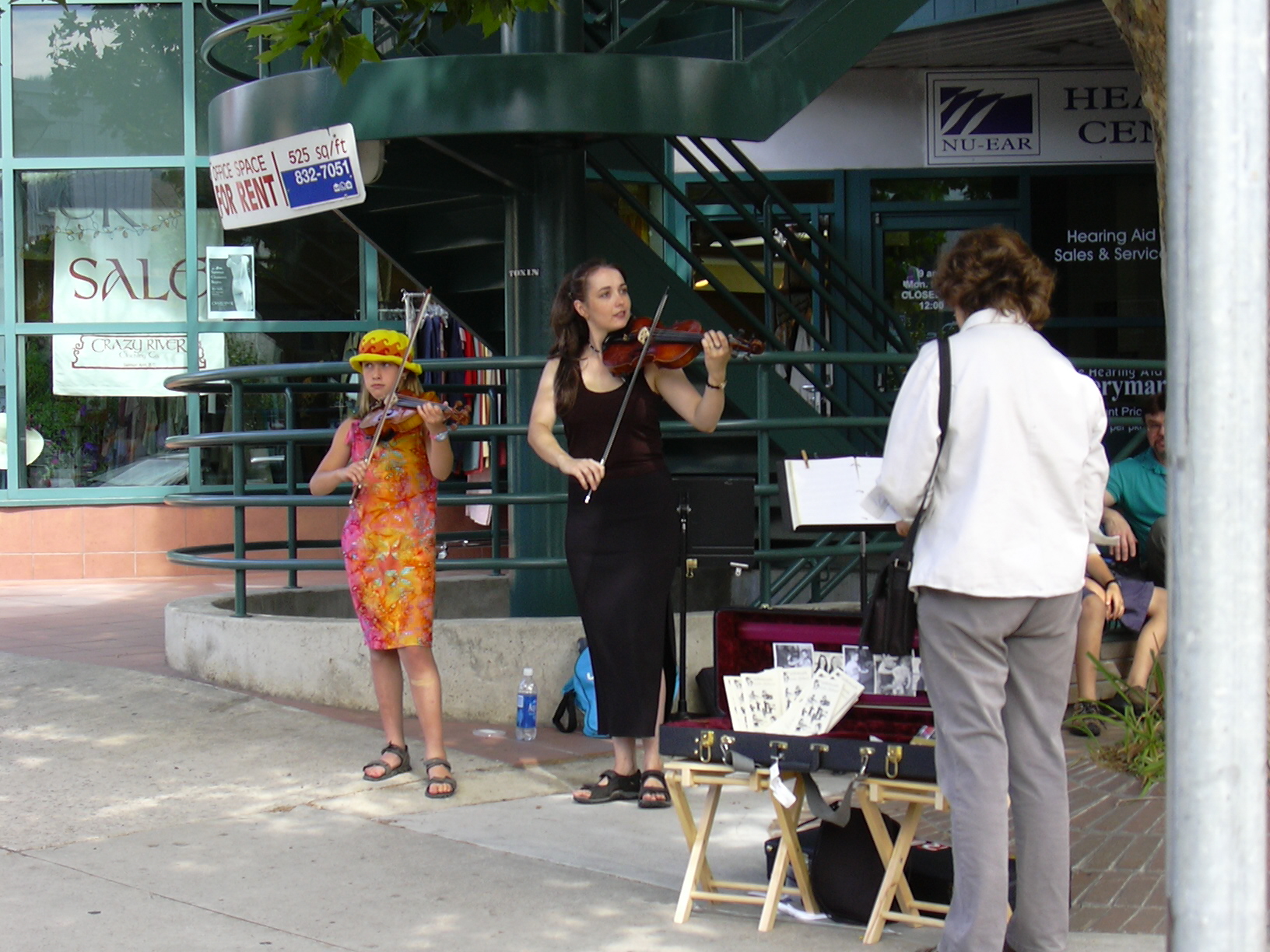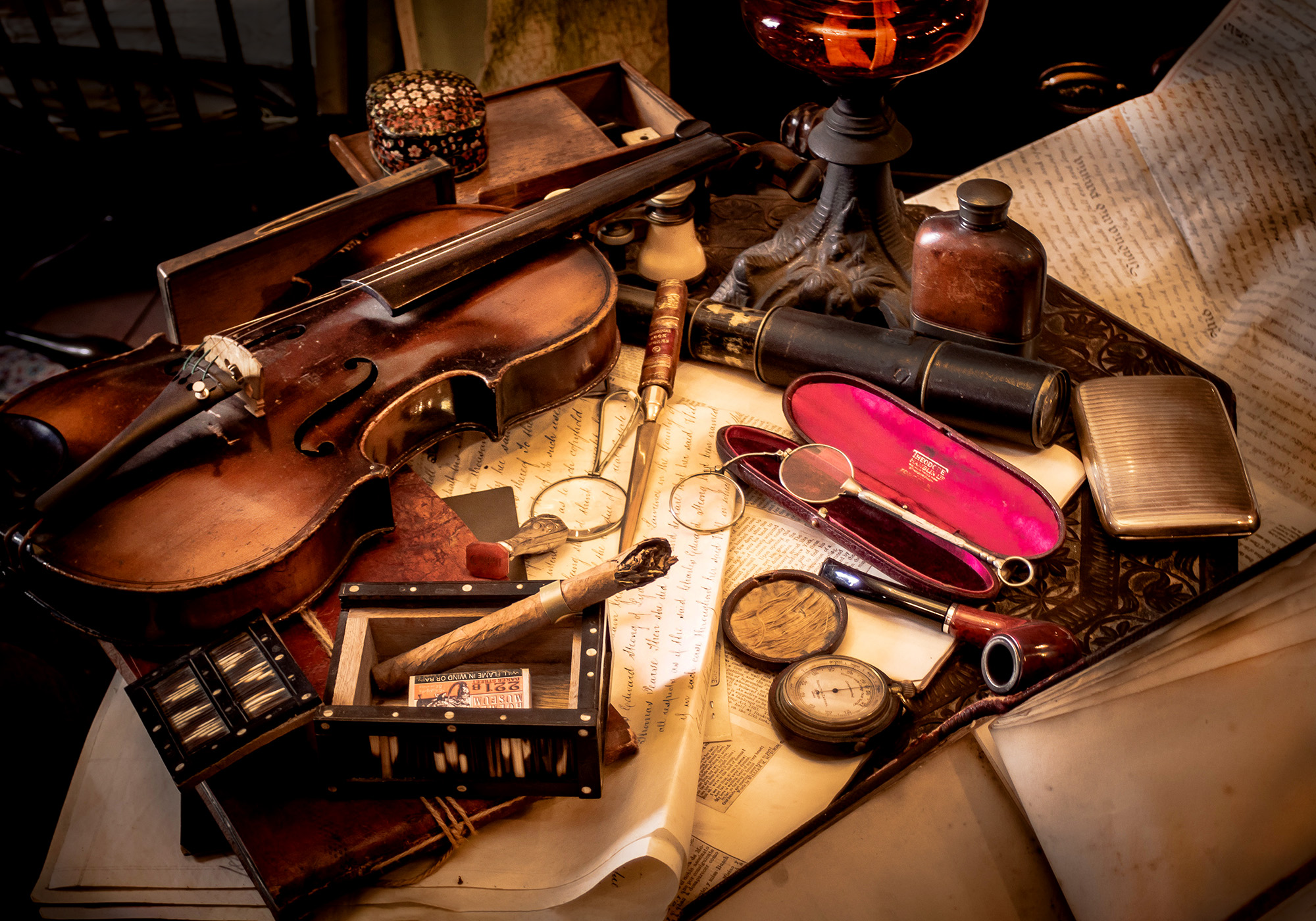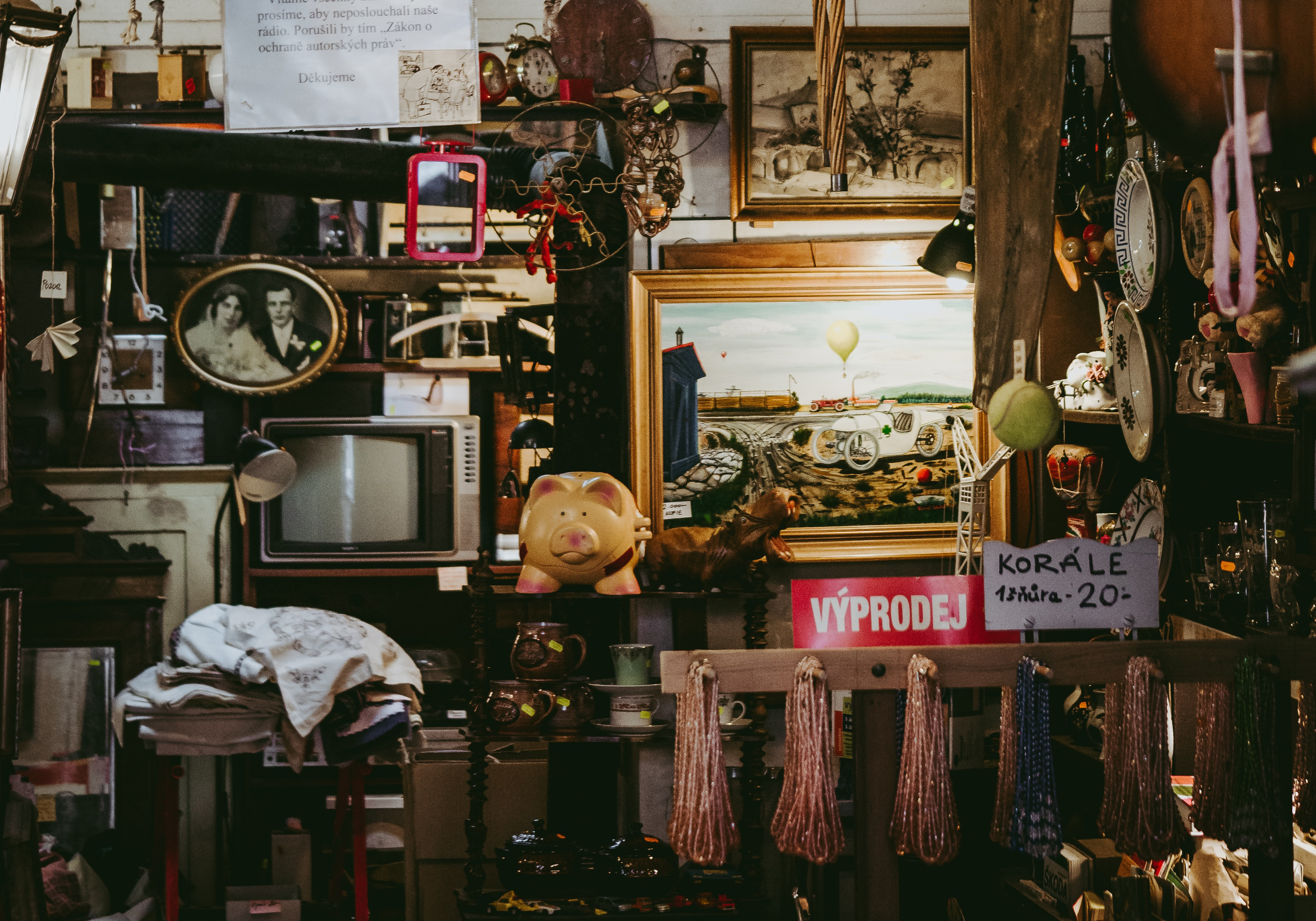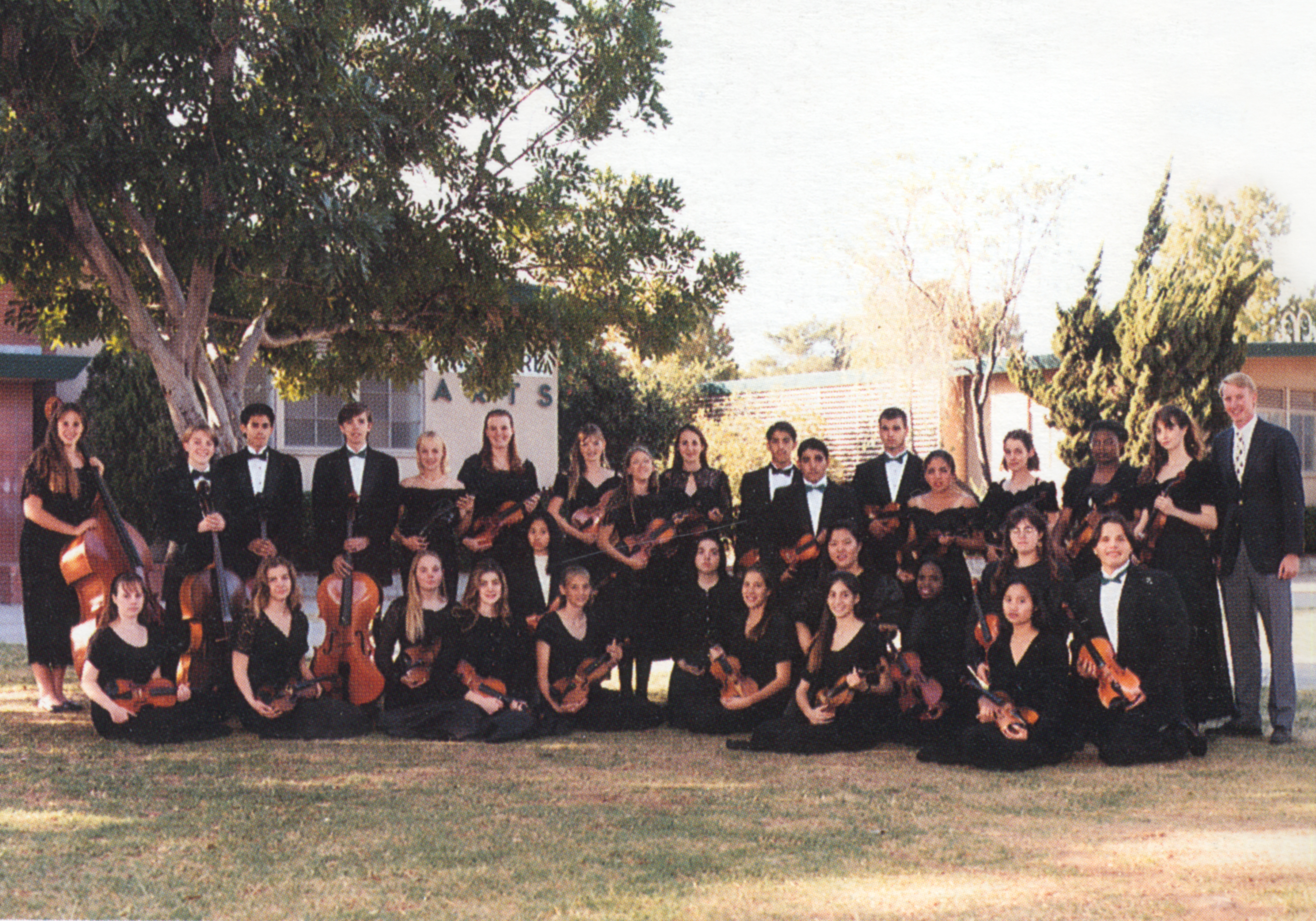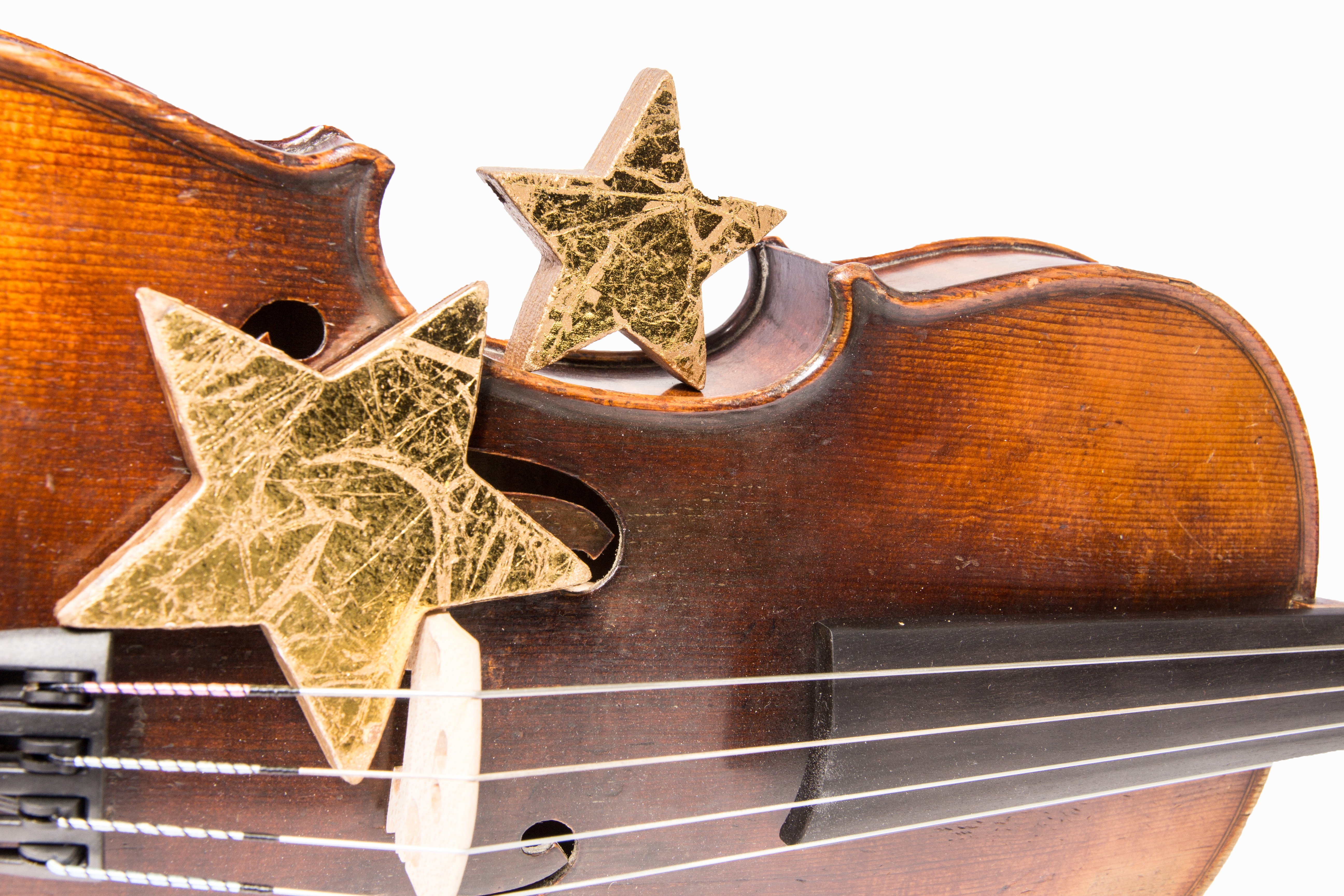House Concerts Keep Musicians Close to Home
House Concerts Keep Musicians Close to Home
From Noisy Basement Raves to Classical "Schubertiads"
The windows in the house across the street are rattling and a dull, low bass beat is setting off car alarms down the block. The neighbours’ kids are hosting a live house concert in the living room. (Did I mention their parents are on holiday?)
These entrepreneurial teens are pleased with the new music venue, and spending cash, they’ve created. Imagine their shock when they find out those “dead guys with wigs” were doing the very same thing hundreds of years ago. The house concert tradition is as old as music itself. Generations of musicians and their friends have gathered to enjoy music, food and conversation in the comfort of a home.
Historically speaking, the use of concert halls is relatively new. Antonio Vivaldi and his Baroque contemporaries of the early 1700’s most often heard their works performed in cathedrals and churches since large capacity concert halls (and Bic lighters) were not popular until a hundred years later.
The most recognized house concert composer was Franz Schubert. In 1816 he abandoned music teaching to develop a small “band” called the Schubertiads that performed his new pieces at “Hausmusik” (house music) concerts. These concerts were sometimes held in castles and featured poets, artists, musicians, and other intellects of the time. Nicknamed “Schwammerl,” Viennese for "Little Mushroom," for his chubbiness, Schubert particularly enjoyed the food at these events. He wasn’t the first musician to play for food. Wolfgang Mozart played special lunch concerts for wealthy bigwigs for the food alone!
A popular trend in Vienna for a while was having your own house band to provide entertainment at meals and special events every night. The Imperial Court possessed such a “Harmonie,” or wind ensemble, and Mozart wrote serenades and concerti for the chance to gobble a fine liver pudding.
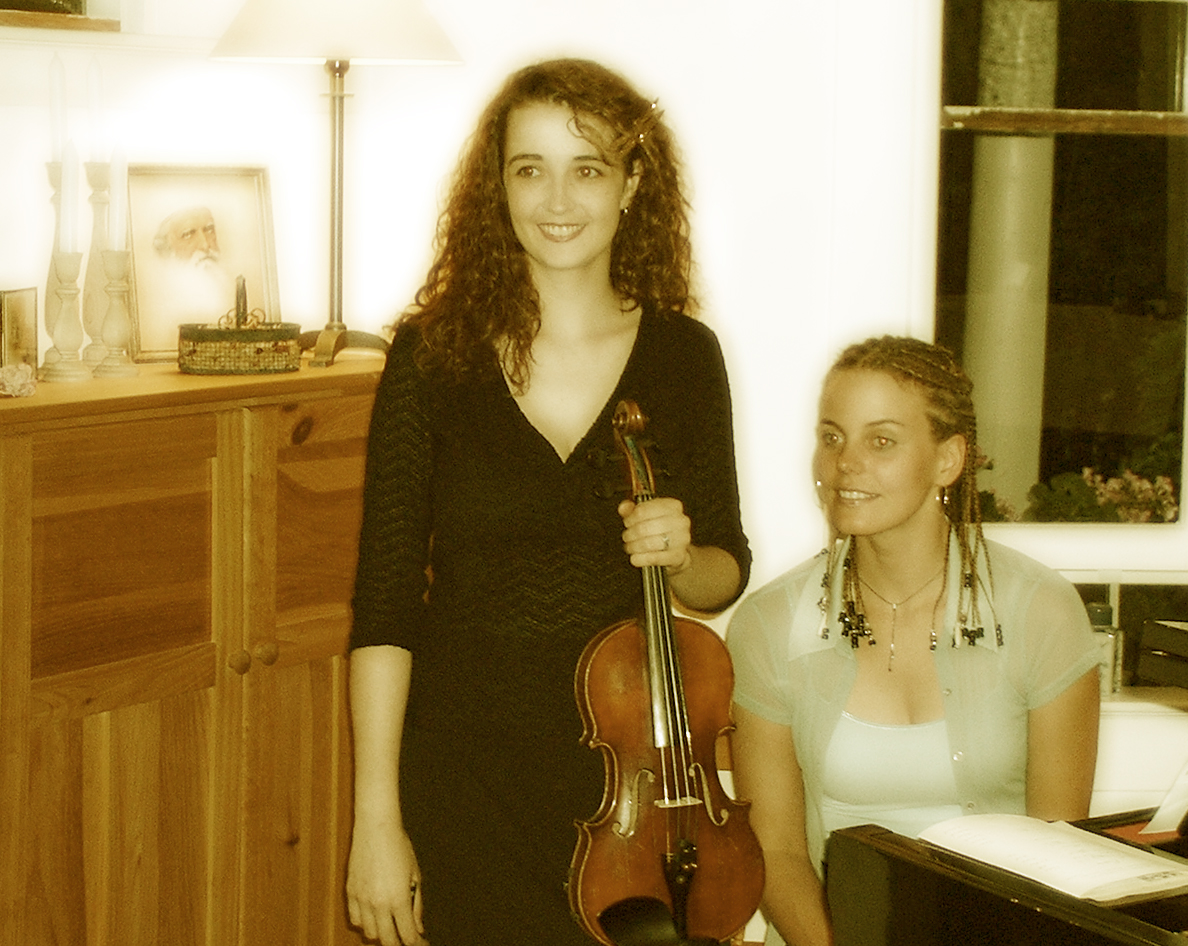
Photo: Fiddleheads' Rhiannon Nachbaur and her colleague, then-Resident Composer of the Victoria Symphony, Anna Höstman held many house concerts. This one, as pictured, took place in the summer of 2002.
J.S. Bach’s favourite haunt was a café owned by Gottfried Zimmermann. Every Friday night was like a Baroque “jam night.” During the summer the music was moved outside to the patio. Zimmermann frequently re-equipped his establishment with the latest musical instruments… like harpsichords. Bach could drink all the coffee he liked, which was a big deal for a man who wrote an entire cantata dedicated to “the bean.”
George Handel’s “Water Music” was played by 50 musicians on King George’s private barge at it traveled along the Thames River. The King was so excited that he asked Handel to play it three times in a row and the concert went until 3am the next morning. Thus the rave party was invented.
During Bach’s day two types of concerts were given: “ordinaire” and “extraordinaire.” Ordinaire meant run-of-the-mill live performances. (Editor’s note: All the concerts were live. Recording equipment would have to wait another 200 years to be invented.) Extraordinaire meant celebrations such as kings' birthdays and tickets cost almost as much as seats to Streisand’s ‘94 Tour.
Today’s house concerts have two types as well: “soft and up-close” and “the cops are back again.” Luckily, the our region has shown an increase in the “lighter” side of the spectrum. Many of my colleagues have organized several folk and blues house concerts with local artists. A local B&B in my town featured a musician playing Tibetan singing bowls. I have played several classical “dessert” concerts at a heritage house with a pianist.
As for the kids across the street, I hope they book a better act next time.
